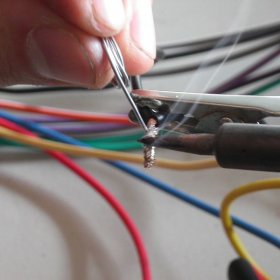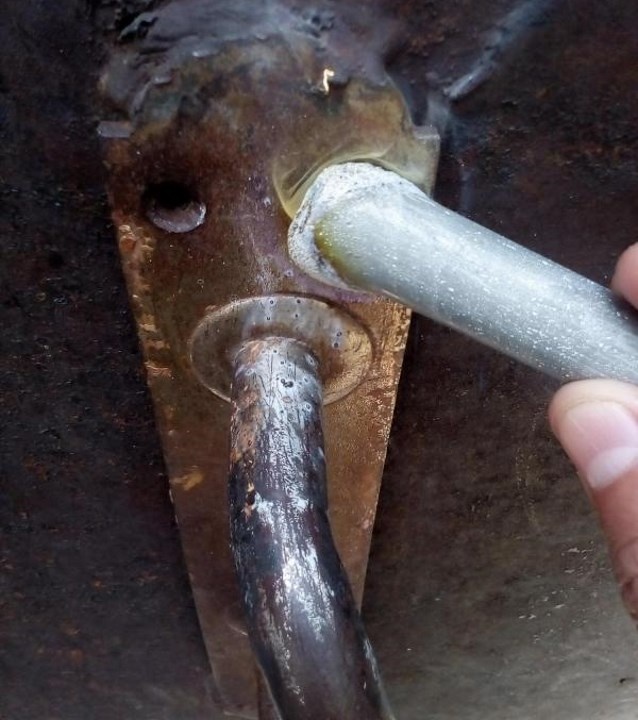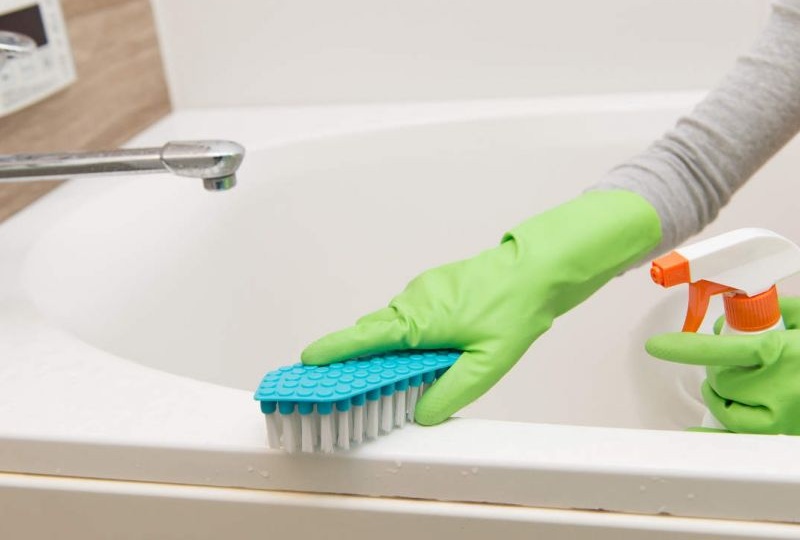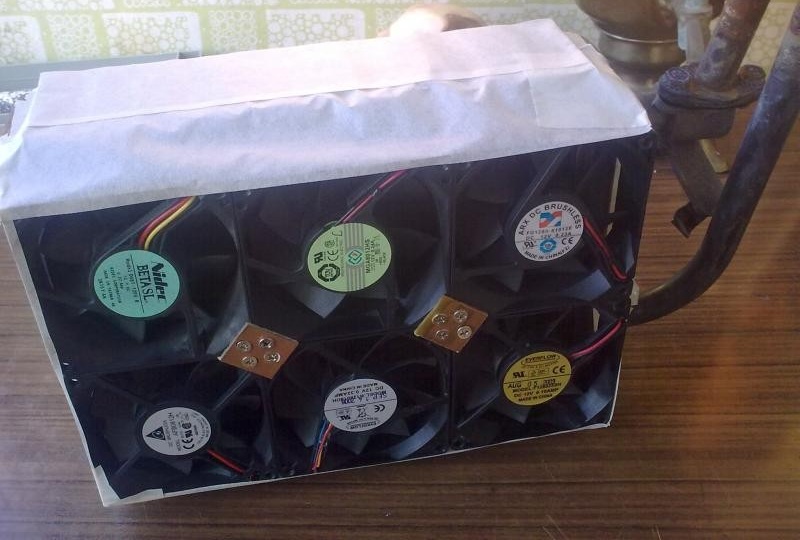How to replace a soldering iron at home

Soldering of metals is based on heating the edges of the parts and their connection by adding additives between them. In everyday life (most often) tin solders are used. Not every house has a soldering iron, but there are situations when you can’t do without soldering. Then the question arises of replacing the soldering iron at home. There are several solutions to the problem.
How to replace a soldering iron at home
It is important to understand that in addition to the soldering device itself, you will need:
- rosin - an auxiliary tool for connecting thin copper wires;
- soldering acid, fluxes - for working with various alloys;
- tin solder is a material due to which an integral connection will be created.
Before starting work, the parts should be cleaned, if possible, degreased with acetone.
The simplest soldering device
Before the invention of electric soldering irons, manual ones were used - in the form of sharpened copper rods of different diameters: 2-3 and more mm. If there is such a bar, you can use it for soldering. The method is suitable if you need to quickly solder a couple of wires, and there is no need to buy a new soldering iron.
As a sting, you can take, for example, the core of a faulty (burnt) power tool.
For heating, it is better to use the flame of a gas burner or to heat the rod on the stove. To make it convenient to work, it is recommended to make a home-made handle, in extreme cases, hold the sting with pliers.
Thin wires can be connected using medium-diameter copper wire and a conventional paraffin candle.
Application of a welding pencil - "Cold welding"
These are cylindrical rods, which in their composition have special components. When heating such a pencil, the elements of its filling are mixed and allow you to connect:
- copper wires - medium and thick;
- bronze, brass and copper parts;
- steel and cast iron products.
To use the product, please note that the edges must be adjusted as tightly as possible to each other. The pencil is ignited using a conventional lighter, burns (on average) for about 20 seconds. Therefore, you need to carefully prepare for work.
Cons: with thin wires and parts it will not work too convenient, there is a risk of burning them.
There are special rods for working with plastic and composite materials. And in some cases, the soldering can be replaced by "cold welding" - this is the name of a group of different compositions that help repair cracks, shells, holes in metal and non-metal products. Each company offers its own product, and different types of "welding" give a different effect. Some allow you to eliminate defects on car parts.
How to solder a small hole without a tool
The method is good if the hole is not more than 6-7 mm, convenient when repairing, for example, dishes, when the soldering iron is not at hand. Work Stages:
- Thoroughly clean damaged surfaces.Be sure to remove the enamel, if any.
- Wipe with acetone and fill the surface with rosin.
- Put the tin solder on top.
- Heat the dishes in any way: a burner, not a stove, a kerosene lamp.
- After melting the tin, remove the flame.
This is the easiest way to repair in the field.
Battery Soldering
It is possible to work with such a device even at a height; electricity for soldering is not required. Have to take:
- tin + rosin;
- rechargeable battery;
- electric clip "crocodile";
- two not too thin wires;
- lead pencil smoothed on both sides.
It is recommended to use rods with solder and rosin inside, this will facilitate the work (soldering):
- Twist two wires.
- Top wrap a couple of turns of a tin rod with rosin.
- Connect one wire to the “plus” of the battery and the wires that you want to connect.
- The second - with a "minus" - to the cleaned tip of the graphite pencil.
- If you carefully lean the other side of the pencil to the place of soldering with tin, a short circuit will occur, the solder will melt and you will get a reliable connection.
Instead of a pencil, it is better to use special graphite electrodes, which are sold in stores with welding equipment.
It is recommended to pre-train on not very valuable scraps of copper, brass or wires.
Obviously, it is quite possible to do without a soldering iron: sometimes additional devices (a welding pencil or a piece of “cold welding”) will be needed, and sometimes you can do it with improvised tools. It all depends on the specific situation.








